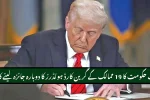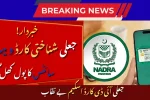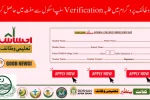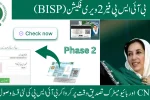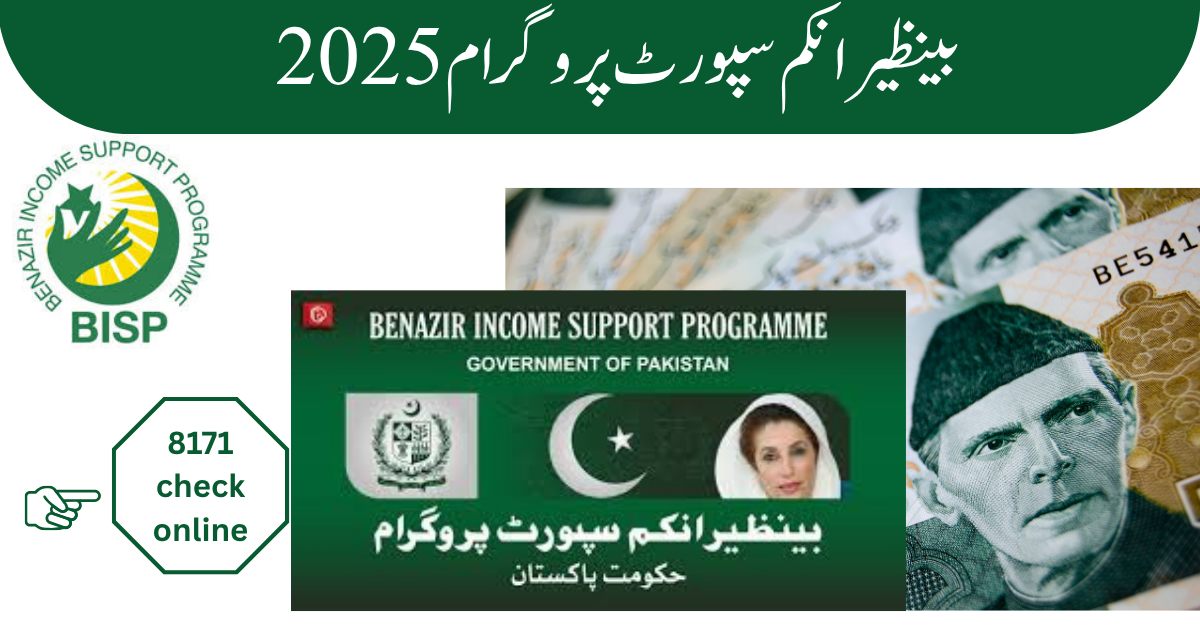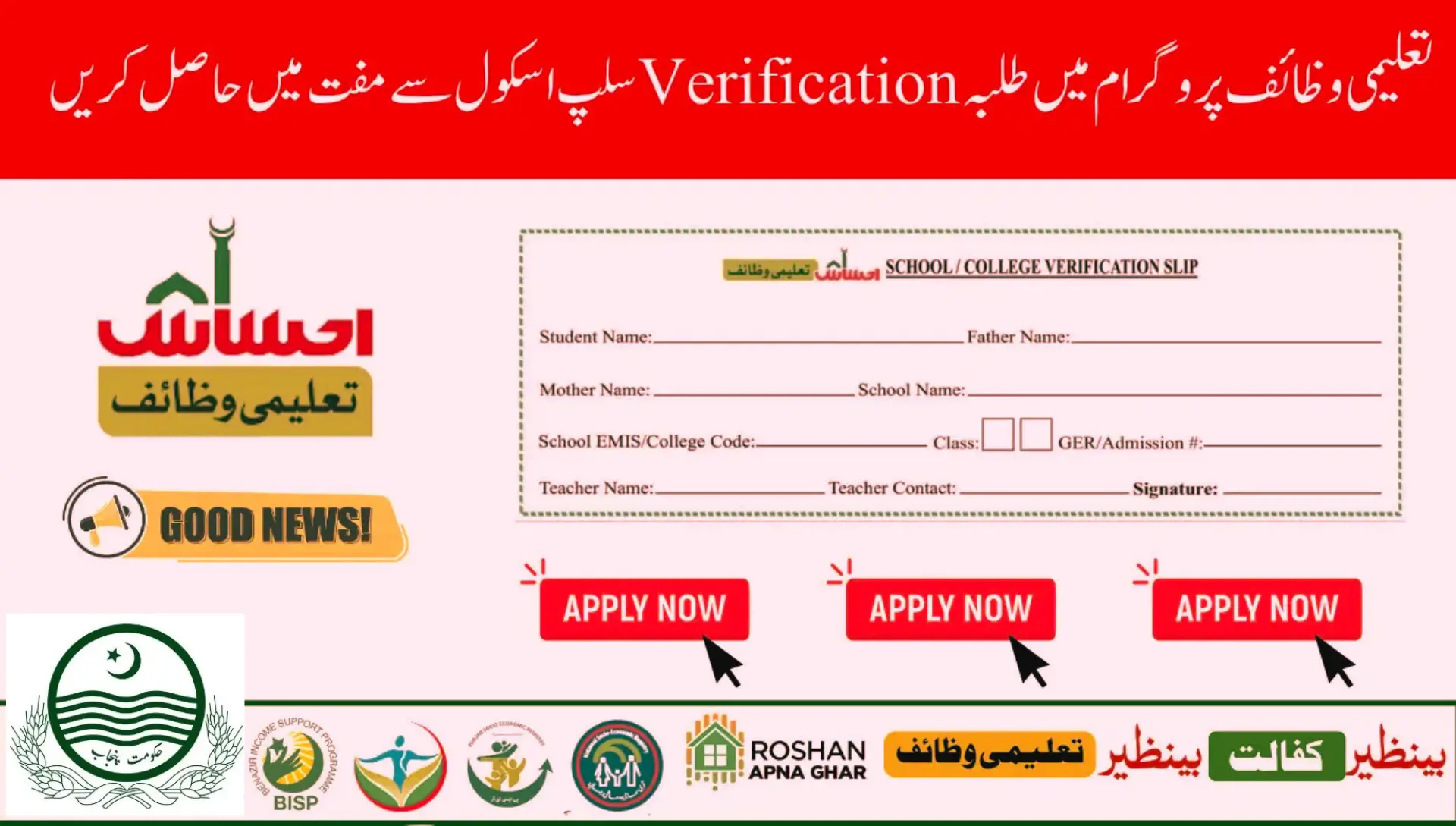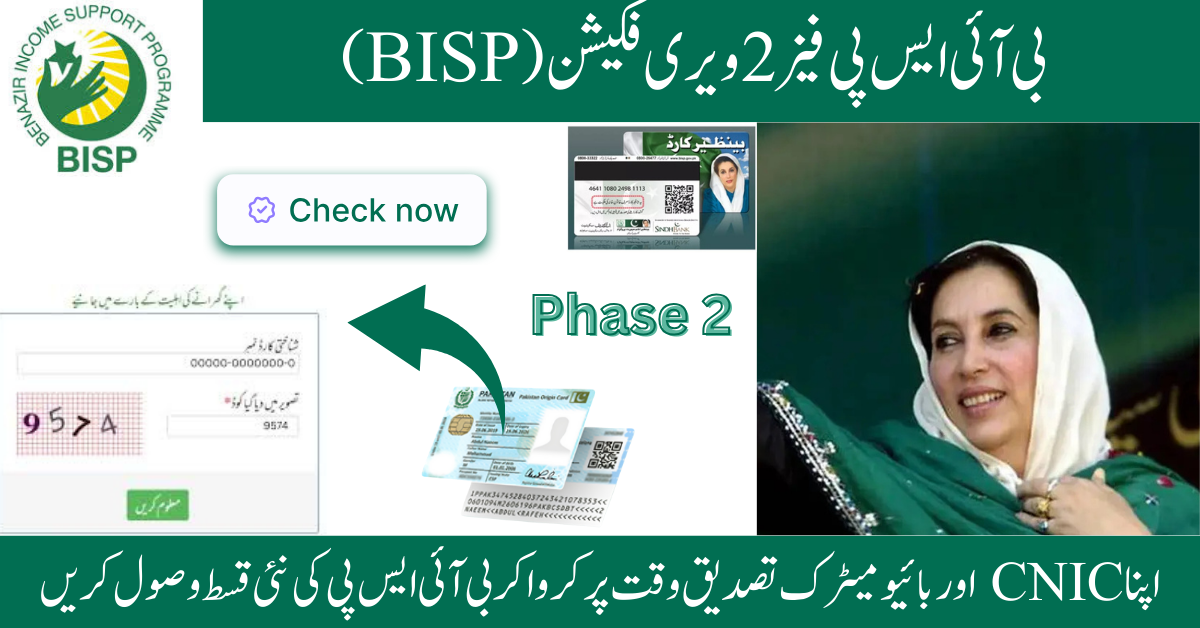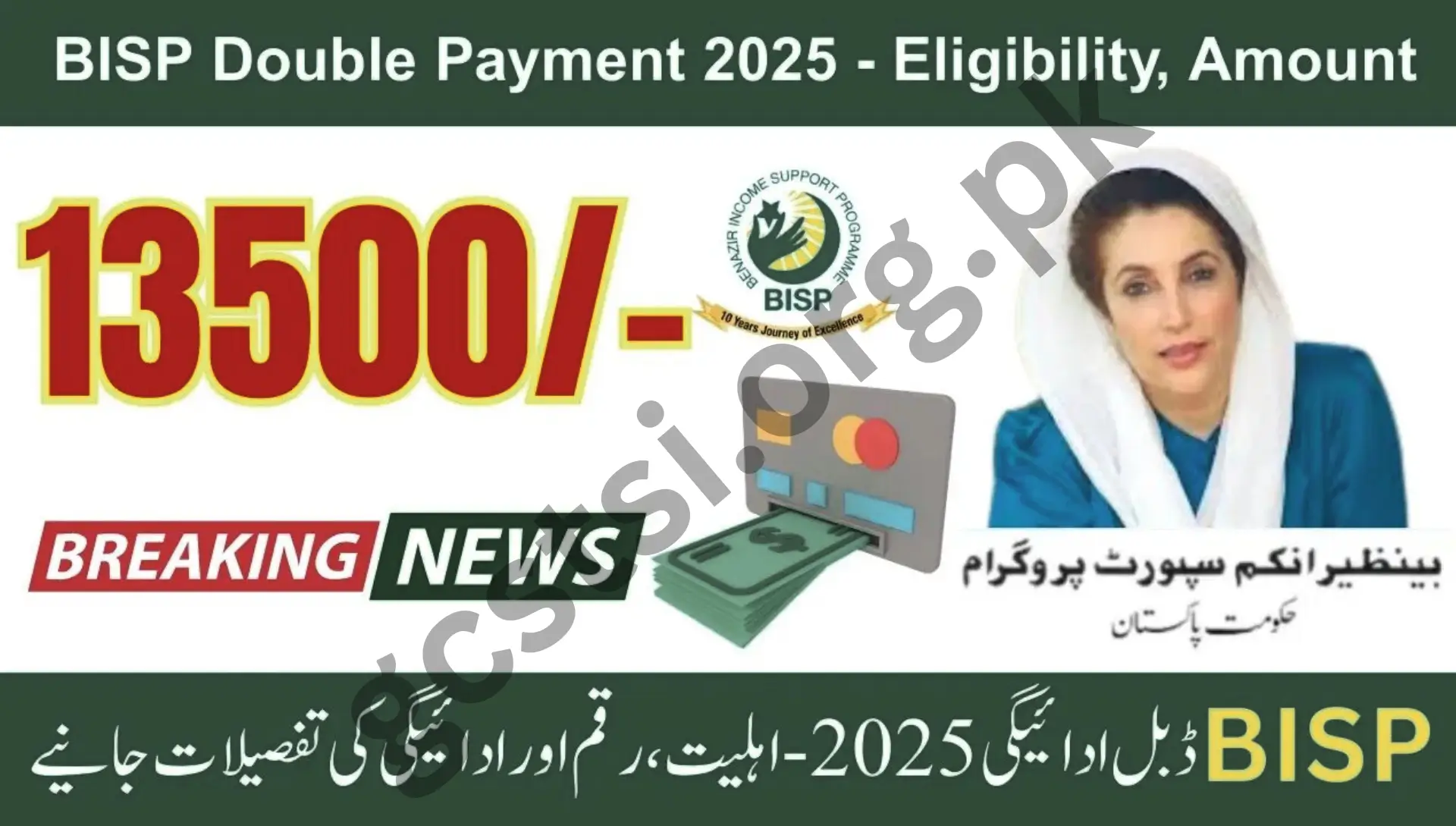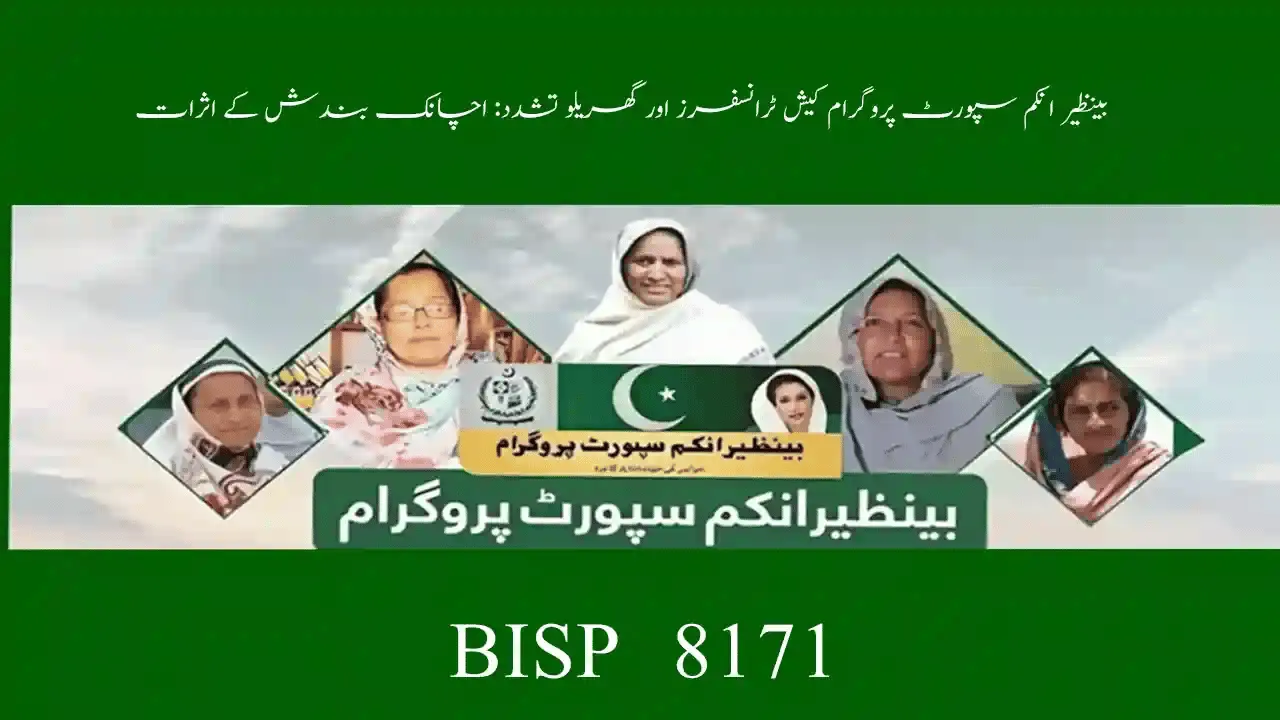Good News: Over 2 Lakh Families Benefit from Maryam Nawaz New Rashan Card Scheme 2025. The Punjab government has once again stepped forward to support low-income families by launching the Maryam Nawaz Rashan Card Scheme 2025. According to the official update shared by CM Punjab Maryam Nawaz Sharif, over 2 lakh families have already benefited. Designed to make essential food items affordable, this program ensures that deserving households can manage their kitchen budgets despite rising inflation.
In this article, we will explore how the Rashan Card works, who is eligible, the benefits for families, and future expansions. We’ll also include tables, FAQs, and tips for beneficiaries to maximize their advantages.
What is the Maryam Nawaz Rashan Card Scheme?
The Rashan Card is a government-issued subsidy card allowing eligible families to buy daily-use items at discounted rates, including:
- Flour
- Sugar
- Rice
- Pulses
- Ghee
Cardholders no longer have to worry about waiting in long queues or facing shortages. The subsidy is directly linked to the card, so families can make purchases without dealing with cash payments.
Key Features of Rashan Card Scheme 2025
| Feature | Details |
|---|---|
| Scheme Name | Maryam Nawaz Rashan Card 2025 |
| Beneficiaries | Over 2 lakh families (so far) |
| Benefits | Subsidy on essential food items |
| Eligibility | Low-income and deserving families |
| Issued By | Punjab Government |
| Coverage | All registered shops across Punjab |
How Families Are Benefiting
Families receiving the Rashan Card are reportedly saving thousands of rupees monthly. Considering that a typical household spends almost half of its income on food, this initiative significantly reduces their financial burden.
Monthly Savings Through Rashan Card
| Item | Market Price (per kg/litre) | Subsidized Price | Monthly Saving |
|---|---|---|---|
| Flour | Rs. 150 | Rs. 110 | Rs. 800+ |
| Sugar | Rs. 180 | Rs. 140 | Rs. 500+ |
| Cooking Oil | Rs. 600 | Rs. 480 | Rs. 1,200+ |
| Rice | Rs. 300 | Rs. 230 | Rs. 700+ |
Tip for mobile users: Use collapsible tables for better readability on smaller screens.
Public Response and Reactions
The announcement by Maryam Nawaz on social media sparked widespread appreciation. Thousands of families from Lahore, Multan, Faisalabad, and rural districts expressed their happiness.
Common public reactions:
- Gratitude for direct subsidies
- Requests for expansion to more households
- Recognition of Punjab government’s efforts to combat inflation
People praised the scheme as a real-life solution for rising food prices, reflecting how targeted subsidies can directly improve purchasing power.
Eligibility Criteria: Who Can Apply?
While the Punjab government aims to cover as many families as possible, the Rashan Card is targeted at low-income and deserving households.
Key Eligibility Points
- Must be a resident of Punjab
- Household should fall under low-income category
- Families already receiving other government welfare benefits may have priority
- Verification through CNIC and local authorities
Tip: Keep your CNIC, proof of income, and residency documents ready for faster verification.
How to Apply for Maryam Nawaz Rashan Card 2025
Applying for the Rashan Card is simple and transparent. Eligible families can follow these steps:
- Visit your nearest registration center or utility store
- Submit CNIC and household income documents
- Complete the application form provided by officials
- Verification by local authorities
- Receive Rashan Card after approval
Benefits of the Rashan Card
The program offers multiple advantages:
- Direct Subsidy – Families pay less for essential items.
- Reduced Financial Stress – Less burden on monthly income.
- Convenience – No long queues, easily available at registered shops.
- Transparency – Subsidy is linked with card, reducing corruption risks.
- Nutrition Security – Ensures basic food access to low-income households.
Future Expansion of the Rashan Card Scheme
Government sources confirm that this is only the beginning. The goal is to provide millions of households in Punjab with Rashan Cards in the coming months.
Key strategies for expansion:
- Collaboration with local shops and utility stores
- Transparent verification process to include only deserving families
- Digital tracking of card usage to ensure effective distribution
- Periodic updates from CM Punjab office to monitor coverage
This forward-thinking approach shows the government’s commitment to reduce hunger and support the poor sustainably.
Comparison with Other Welfare Programs
| Program | Coverage | Benefits | Target Group |
|---|---|---|---|
| Maryam Nawaz Rashan Card | Punjab | Subsidy on essential food items | Low-income families |
| Ehsaas Ration Program | Nationwide | Monthly food packages | Underprivileged households |
| PAVE Scheme | Punjab | Cash support & emergency aid | Vulnerable families |
| CM Punjab Minority Card | Punjab | Food & financial assistance | Minority groups |
FAQs
Q1: How can I apply for Maryam Nawaz Rashan Card 2025?
A1: Visit your local registration center or utility store, submit your CNIC and income documents, and complete the application form. Approved families receive the card within weeks.
Q2: Who is eligible for the Rashan Card in Punjab?
A2: Low-income and deserving families residing in Punjab are eligible. Verification is done via CNIC and household income details.
Q3: What items can be purchased with the Rashan Card?
A3: Cardholders can buy essentials such as flour, sugar, rice, pulses, and cooking oil at subsidized prices from registered shops.
Q4: How much can a family save with Rashan Card 2025?
A4: Monthly savings can range from Rs. 2,000 to Rs. 3,000 depending on household consumption of subsidized items.
Q5: Will the scheme expand to more families?
A5: Yes, government officials plan to issue Rashan Cards to millions of households across Punjab in the coming months.
Conclusion
The Maryam Nawaz Rashan Card Scheme 2025 is a lifeline for low-income families in Punjab, providing direct subsidies on essential food items. With over 2 lakh families already benefiting, the program has significantly eased financial stress and ensured nutrition security.



